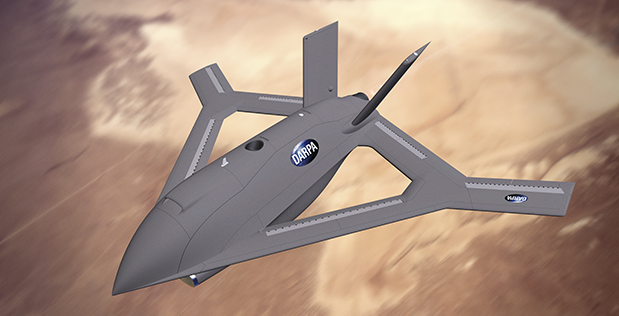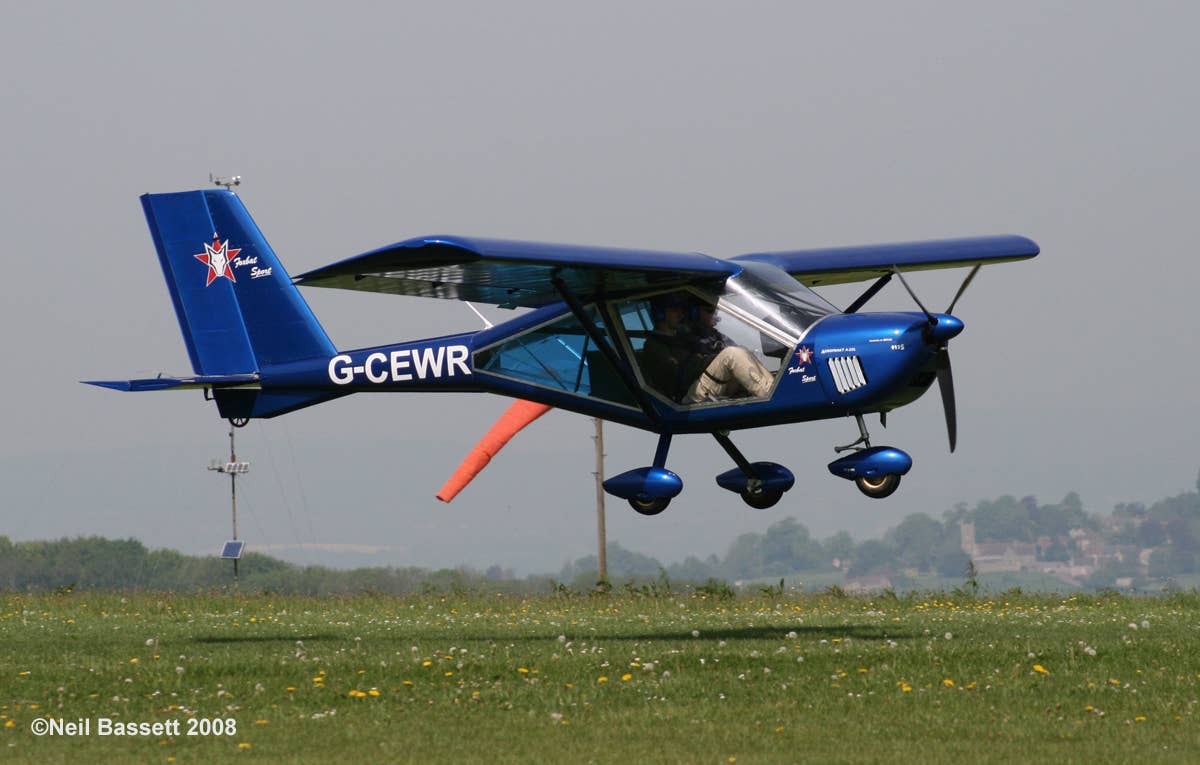DARPA Works With Aurora Flight Sciences on Phase 2 of X-Plane Development
Planned test aircraft will replace moving control surfaces active flow system.

DARPA’s latest X-plane project uses active flow control instead of moveable control surfaces. [Courtesy: DARPA]
The U.S. Defense Advanced Research Projects Agency (DARPA) said it chose Aurora Flight Sciences to begin the next phase in development of an aircraft that can fly without using moveable control surfaces.
The project, which DARPA calls CRANE, for Control of Revolutionary Aircraft with Novel Effectors, is aimed at using active flow control, or AFC, to generate the control forces necessary for maneuvering. The latest announcement regarding Aurora Flight Sciences follows completion of Phase 1, which included development of a test aircraft that demonstrated AFC in a wind tunnel.
AFC, which researchers have been developing for years, changes an aircraft’s aerodynamic flow using suction, air jets, and other methods to manipulate the movement of air around flying surfaces and manage energy. Potential advantages include allowing aircraft to maneuver more efficiently with less drag, and to fly at lower speeds and higher angles of attack than are possible with conventional moveable control surfaces like ailerons and flaps.
DARPA said “Phase 2 will focus on detailed design and development of flight software and controls, culminating in a critical design review of an X-plane demonstrator that can fly without traditional moving flight controls on the exterior of the wings and tail.”
The agency added that the program could include a third phase in which it would fly a 7,000-pound X-plane designed to address certain obstacles to using AFC to control a full-scale aircraft.
“Over the past several decades, the active flow control community has made significant advancements that enable the integration of active flow control technologies into advanced aircraft. We are confident about completing the design and flight test of a demonstration aircraft with AFC as the primary design consideration,” said Richard Wlezien, CRANE project manager. “With a modular wing section and modular AFC effectors, the CRANE X-plane has the potential to live on as a national test asset long after the CRANE program has concluded.”

Subscribe to Our Newsletter
Get the latest FLYING stories delivered directly to your inbox






